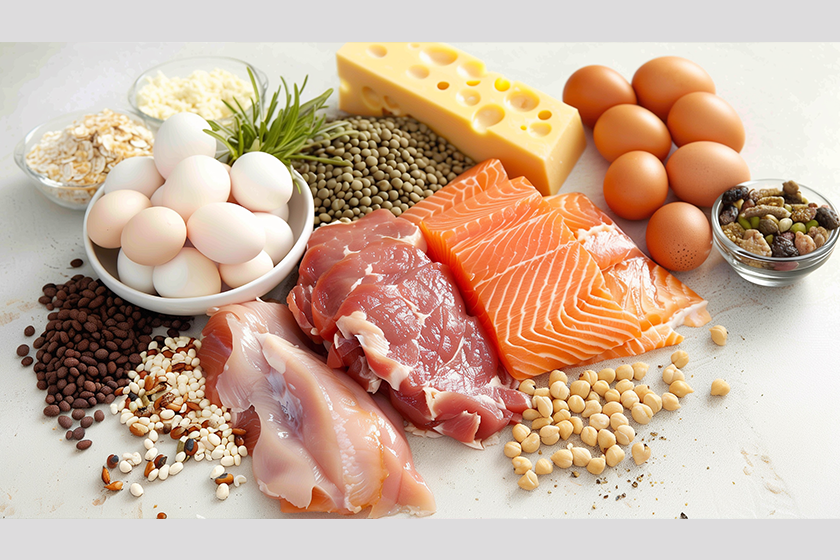In the golden phase of life, maintaining an active lifestyle is paramount for residents in their 50s. As the body ages, the importance of integrating tailored nutritional and dining programs becomes increasingly evident, aiding in the sustenance of vigor and overall well-being. This article reveals how a balanced diet and proper nutrition play a key role in supporting seniors’ active lifestyle for those in their 50s, making sure they continue to enjoy life to the fullest.
The Role of Nutrition in Maintaining Physical Health
Adequate nutrition is the cornerstone of physical health and fitness for residents looking to maintain an active lifestyle. As metabolism naturally slows down with age, it becomes key to focus on nutrient-dense foods that provide the necessary vitamins and minerals without excessive calories.
A diet rich in fruits, vegetables, lean proteins and whole grains can help mitigate the risk of chronic diseases such as heart disease, diabetes and osteoporosis, which are more prevalent in later years. Additionally, incorporating foods high in calcium and vitamin D is necessary for bone health, preventing the risk of fractures and osteoporosis.
Importance of Hydration and Dietary Adjustments
Hydration plays a critical role in maintaining an active lifestyle for residents in their 50s. Water aids in various bodily functions, including digestion and the regulation of body temperature. Older adults often experience a reduced sense of thirst, which can lead to dehydration if not carefully monitored.
Encouraging the intake of fluids throughout the day, not just during meals, can help maintain hydration levels. Furthermore, dietary adjustments may be necessary to address age-related changes, such as decreased kidney function and alterations in gastrointestinal health. Smaller, more frequent meals can also aid in better digestion and nutrient absorption.
Nutritional Needs for Active Seniors
Residents who engage in regular physical activity have different nutritional requirements to support their energy levels and repair muscles. Protein is important in muscle repair and growth; hence, incorporating a variety of protein sources such as lean meats, legumes and dairy products is beneficial.
Omega-3 fatty acids, found in fish and certain plant oils, are needed for cardiovascular health and maintaining joint flexibility. Additionally, antioxidants found in colorful fruits and vegetables can help combat inflammation, contributing to a more active and pain-free lifestyle.
Community Support for Nutritional Success
The support of a retirement community can be instrumental in maintaining an active lifestyle through proper nutrition. These communities often have nutritional programs tailored to meet the unique needs of their residents, managed by a team of dedicated professionals.
Regular consultations with nutritionists can make sure that dietary plans are aligned with individual health requirements and preferences. Communities also often host workshops and cooking classes, making nutritional education both accessible and enjoyable.
This supportive environment encourages residents to make informed food choices and stay committed to their health goals. Embracing a balanced diet and staying informed about nutritional needs are necessary for maintaining an active lifestyle in one’s 50s. A retirement community can play a significant role in supporting these endeavors, helping individuals live better and healthier lives as they venture into their golden years.







